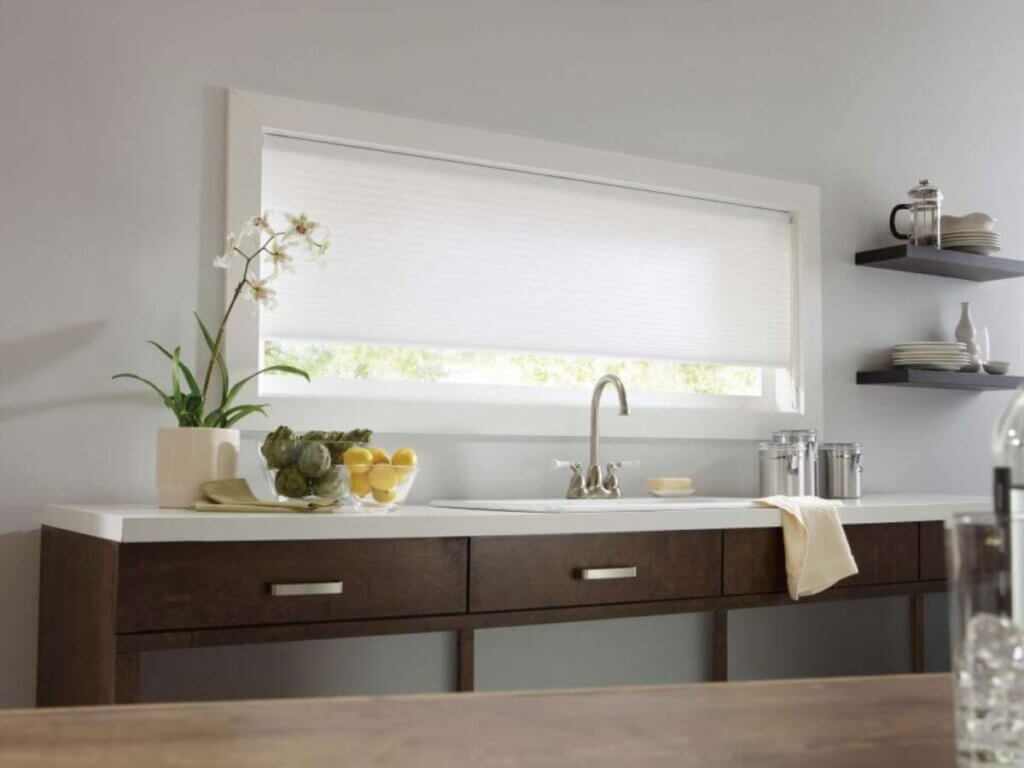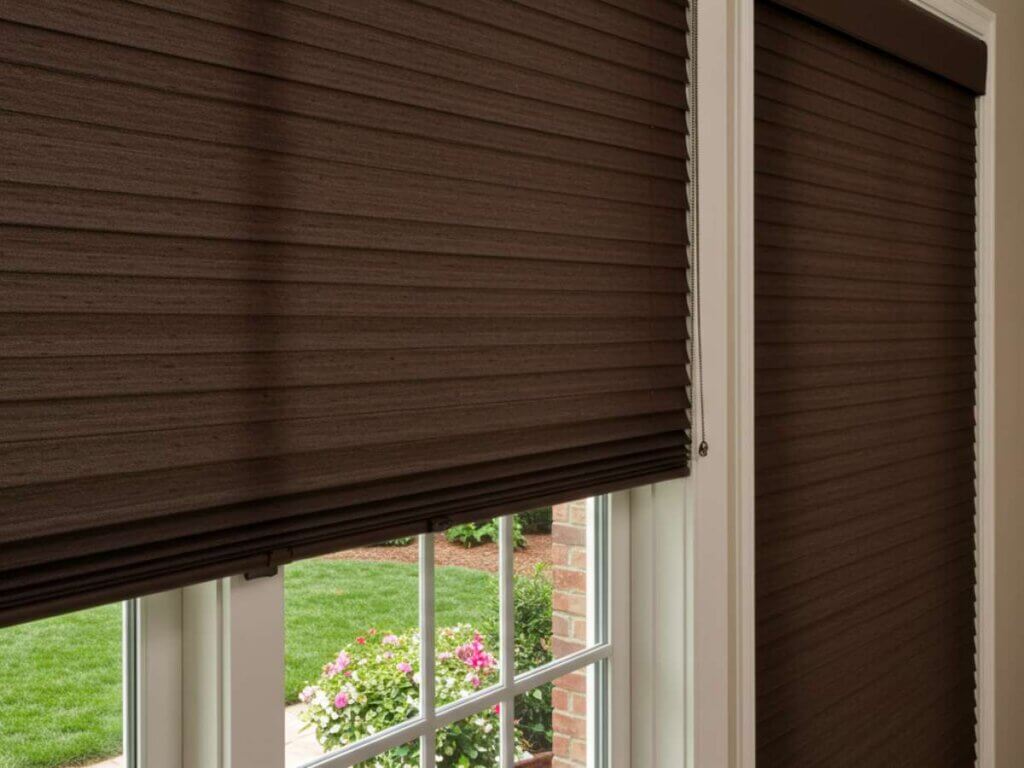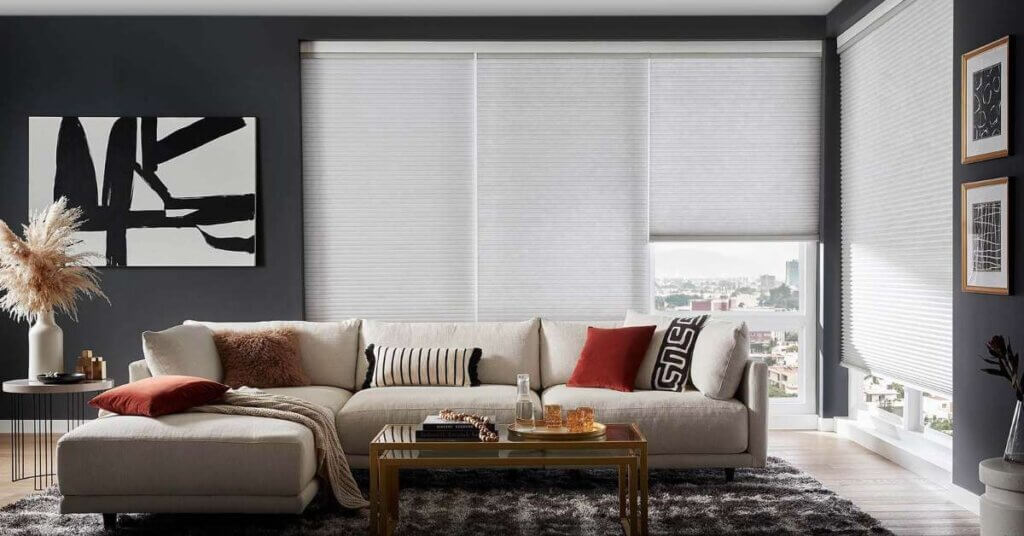Cellular shades are one of the most talked-about window treatments for homeowners in Sussex County, Delaware—and for good reason. Known for their distinctive honeycomb design, these shades are both stylish and energy-efficient, making them a smart choice for homes along the coast where the weather can change rapidly. But what are cellular shades exactly, and why have they become such a popular option?
These shades do more than just cover your windows; they help regulate indoor temperatures, reduce glare, and even improve privacy. If you’ve been considering new window coverings but feel overwhelmed by the variety of choices, cellular shades may check several boxes at once. From their construction to their performance in different lighting conditions, understanding the details can help you make an informed decision.
In this guide, we’ll explore what cellular shades are, how they work, what they’re made of, and answer common homeowner questions about their benefits and limitations. Let’s dive in.
What Are Cellular Shades?

Cellular shades are fabric window coverings made up of individual cells (or “honeycombs”) that trap air. This design acts as a natural insulator, helping maintain indoor temperatures by reducing heat transfer through your windows. They are available in single, double, and even triple-cell designs, with more cells generally providing greater insulation.
Homeowners often choose cellular shades for their clean, modern look and wide range of fabric options—from light-filtering to blackout styles. They work well in living rooms, bedrooms, sunrooms, and even home offices.
How Do Cellular Shades Work?
The honeycomb structure creates air pockets that form a thermal barrier between the inside of your home and the outdoors. In the summer, this helps keep heat out; in the winter, it helps retain warmth.
For example, during a hot July afternoon, cellular shades can reduce the solar heat gain entering your home, lowering the strain on your air conditioner. In colder months, they help minimize heat loss through the glass, which can contribute to lower heating costs.
What Are Cellular Shades Made Of?
Cellular shades are typically constructed from soft, durable fabrics such as spun lace or bonded polyester. These fabrics are pleated and fused to create the honeycomb structure.
Some key qualities of the materials include:
- Lightweight yet strong – Makes them easy to operate and long-lasting.
- Fade-resistant – Protects color vibrancy even in direct sunlight.
- Easy to clean – Most can be dusted or lightly vacuumed.
What Are the Pros and Cons of Cellular Shades?
Like any window treatment, cellular shades come with strengths and trade-offs. Understanding these can help you decide if they’re the right fit for your home. Below is a quick comparison:
Pros | Cons |
Excellent insulation and energy efficiency | Can be more expensive than basic blinds |
Variety of opacity options (light-filtering to blackout) | Not as sheer as some alternatives |
Lightweight and easy to operate | Fabric can crease if mishandled |
Available in cordless options for child safety | Limited to fabric textures and colors |
Reduces outdoor noise | May not be ideal for very high-moisture areas |
Do Cellular Shades Block UV?

Yes. Many cellular shades are designed with fabrics that block up to 99% of harmful UV rays, depending on the chosen opacity. Light-filtering styles protect flooring, furniture, and artwork from fading while still allowing natural light to enter.
In coastal areas like Millville, DE, where sunlight can be intense during summer, UV protection is a valuable feature for maintaining your interior finishes.
Can You See Through Cellular Shades at Night?
Generally, no—especially if you choose a room-darkening or blackout fabric. However, with light-filtering shades, shapes or shadows may be faintly visible when the interior lights are on and it’s dark outside.
If nighttime privacy is a priority, opt for double-cell blackout shades or pair your cellular shades with drapery for extra coverage.
How Long Should Cellular Shades Last?
With proper care, cellular shades can last seven to ten years or more. Factors that affect longevity include:
- Quality of materials and construction
- Frequency of use
- Exposure to direct sunlight
- Regular cleaning and maintenance
High-quality shades from a reputable window treatment company can last for over a decade of use.
Are Cellular Shades Energy Efficient in All Seasons?
Yes. The insulating air pockets work year-round. In summer, they keep heat out; in winter, they help trap warmth inside. This makes them a practical choice for Millville homes, where seasonal temperature changes can be significant.
Do Cellular Shades Work for Large Windows or Sliding Doors?
Absolutely. Many manufacturers offer vertical cellular shades specifically designed for wide openings, such as sliding glass doors. These provide the same insulation benefits as standard versions while offering smooth side-to-side operation.
Are Cellular Shades Easy to Clean?
Yes. Routine maintenance is simple:
- Use a feather duster or handheld vacuum with a brush attachment for regular dusting.
- Spot-clean with a mild detergent and water for stains.
- Avoid harsh chemicals that can damage the fabric.
Upgrade Comfort and Style with Cellular Shades
Cellular shades are more than just attractive window coverings—they’re an investment in comfort, energy efficiency, and long-term value. By understanding how they work, what they’re made of, and the pros and cons, you can choose the right style for your space with confidence.
Book an appointment with MITS Eastern Shore today to explore custom cellular shades tailored to your Delaware home. Our team can guide you through fabric choices, opacity levels, and design options to ensure your windows look and perform beautifully throughout the year.


